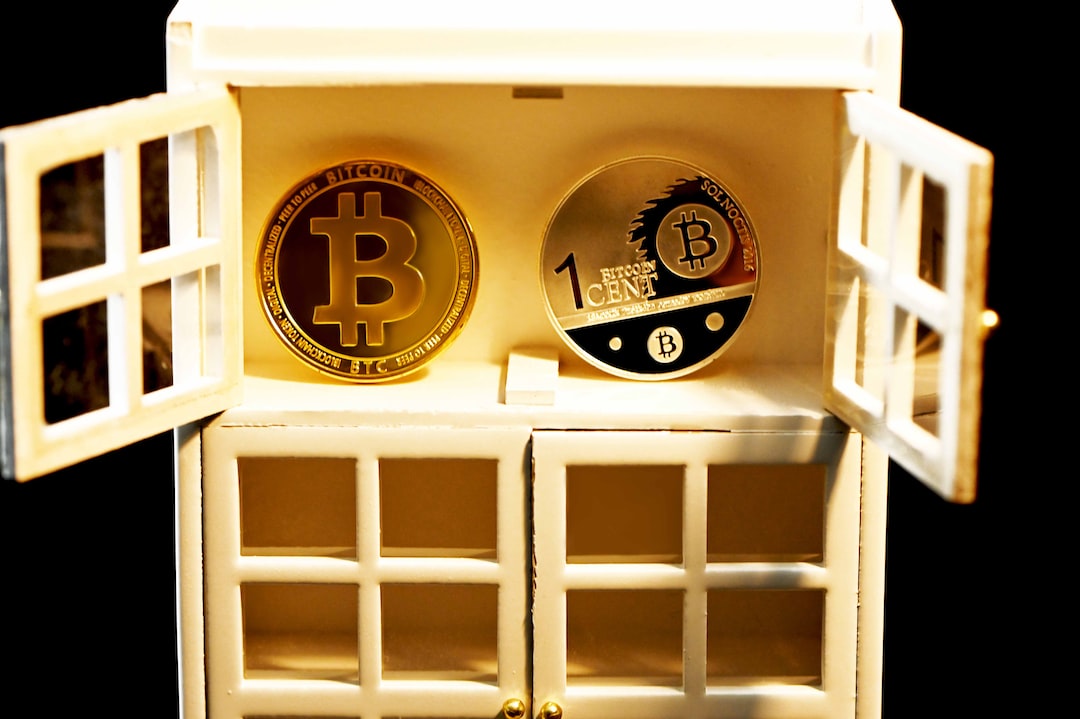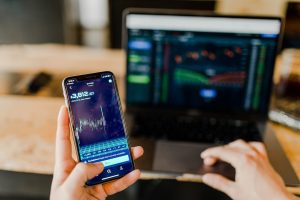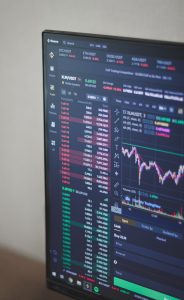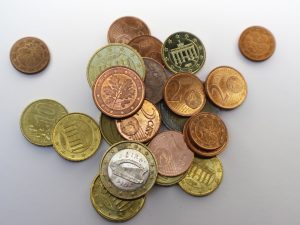Forex trading is a global market that operates 24 hours a day, five days a week. It is open from Monday to Friday, and during this period, traders can buy, sell, and exchange currencies from all around the world. However, the forex market operates in different time zones, and traders have to choose the best time to trade, depending on their location, strategy, and trading objectives.
In this article, we will explore the different forex trading sessions, their characteristics, advantages, and disadvantages, and help you decide what time to use for forex trading.
Forex Trading Sessions
Forex trading sessions are periods of the day when the forex market is open and active in different parts of the world. There are four major forex trading sessions, and each one has its unique characteristics, liquidity, volatility, and trading opportunities.
1. Asian Session
The Asian session starts at 11:00 PM GMT and ends at 8:00 AM GMT. It includes the markets of Japan, China, Australia, New Zealand, and other countries in the Asian-Pacific region. This session is known for its low volatility, narrow trading range, and limited trading opportunities. However, it can be an excellent time for traders who prefer to trade the Yen, Australian Dollar, or New Zealand Dollar pairs.
2. European Session
The European session starts at 7:00 AM GMT and ends at 4:00 PM GMT. It includes the markets of London, Frankfurt, Paris, Zurich, and other major financial centers in Europe. This session is the most active and liquid session of the day, with high volatility, wide trading range, and numerous trading opportunities. It is an excellent time for traders who prefer to trade the Euro, Pound, Swiss Franc, or any other European currencies.
3. US Session
The US session starts at 12:00 PM GMT and ends at 9:00 PM GMT. It includes the markets of New York, Chicago, Los Angeles, and other financial centers in North America. This session is the second most active and liquid session, with high volatility, wide trading range, and numerous trading opportunities. It is an excellent time for traders who prefer to trade the US Dollar, Canadian Dollar, or Mexican Peso pairs.
4. Pacific Session
The Pacific session starts at 9:00 PM GMT and ends at 6:00 AM GMT. It includes the markets of Sydney, Tokyo, and other financial centers in the Asian-Pacific region. This session is similar to the Asian session, with low volatility, narrow trading range, and limited trading opportunities. However, it can be an excellent time for traders who prefer to trade the Australian Dollar, New Zealand Dollar, or Japanese Yen pairs.
Advantages and Disadvantages of Each Session
Each forex trading session has its unique advantages and disadvantages, and traders have to choose the best time to trade based on their location, strategy, and trading objectives.
1. Asian Session
Advantages:
– Low volatility: The Asian session is known for its low volatility, which can be an advantage for traders who prefer low-risk trading.
– Narrow trading range: The trading range during the Asian session is relatively narrow, which can make it easier to identify support and resistance levels.
– Limited trading opportunities: The limited trading opportunities during the Asian session can be an advantage for traders who prefer to trade fewer trades but with higher accuracy.
Disadvantages:
– Limited liquidity: The Asian session has limited liquidity, which can lead to wider spreads, slippage, and less favorable trading conditions.
– Limited trading volume: The limited trading volume during the Asian session can result in slower price movements and fewer trading opportunities.
– Limited market news: The Asian session is not known for significant market news or economic events, which can make it harder to predict market movements.
2. European Session
Advantages:
– High liquidity: The European session is the most liquid session of the day, which can result in tighter spreads, lower slippage, and better trading conditions.
– Wide trading range: The trading range during the European session is relatively wide, which can result in more significant price movements and trading opportunities.
– Numerous trading opportunities: The European session is known for its numerous trading opportunities, which can be an advantage for traders who prefer high-volume trading.
Disadvantages:
– High volatility: The high volatility during the European session can lead to higher risk and more unpredictable market movements.
– Overlapping news releases: The European session overlaps with the US session, which can result in conflicting market news and economic events.
– Early morning start: The European session starts early in the morning, which can be a disadvantage for traders who prefer to trade later in the day.
3. US Session
Advantages:
– High liquidity: The US session is the second most liquid session of the day, which can result in tighter spreads, lower slippage, and better trading conditions.
– Wide trading range: The trading range during the US session is also relatively wide, which can result in more significant price movements and trading opportunities.
– Numerous trading opportunities: The US session is known for its numerous trading opportunities, especially during the New York open and close.
Disadvantages:
– High volatility: The high volatility during the US session can lead to higher risk and more unpredictable market movements.
– Market news overload: The US session is known for its significant market news and economic events, which can result in market news overload and conflicting signals.
– Late-night trading: The US session ends late at night, which can be a disadvantage for traders who prefer to trade earlier in the day.
4. Pacific Session
Advantages:
– Low volatility: The Pacific session is also known for its low volatility, which can be an advantage for traders who prefer low-risk trading.
– Narrow trading range: The trading range during the Pacific session is relatively narrow, which can make it easier to identify support and resistance levels.
– Limited trading opportunities: The limited trading opportunities during the Pacific session can be an advantage for traders who prefer to trade fewer trades but with higher accuracy.
Disadvantages:
– Limited liquidity: The Pacific session has limited liquidity, which can lead to wider spreads, slippage, and less favorable trading conditions.
– Limited trading volume: The limited trading volume during the Pacific session can result in slower price movements and fewer trading opportunities.
– Limited market news: The Pacific session is not known for significant market news or economic events, which can make it harder to predict market movements.
What Time Should I Use for Forex Trading?
The best time to trade forex depends on your location, strategy, and trading objectives. If you are located in Europe, the European session is the most active and liquid session, with numerous trading opportunities. If you are located in North America, the US session can also be an excellent time to trade, especially during the New York open and close. If you are located in Asia, the Pacific session and the Asian session can be suitable for low-risk trading and Yen, Australian Dollar, or New Zealand Dollar pairs.
If you have a specific trading strategy that requires high volatility or low volatility, you can choose the session that suits your strategy. If you prefer to trade during significant market news or economic events, you can choose the session that overlaps with these events.
Conclusion
Forex trading is a 24-hour market that operates in different time zones, with four major trading sessions. Each session has its unique characteristics, advantages, and disadvantages, and traders have to choose the best time to trade based on their location, strategy, and trading objectives. The best time to trade forex is when the market is most active, liquid, and volatile, and when there are numerous trading opportunities. However, traders also have to consider the risks, market news, economic events, and trading conditions during each session.





